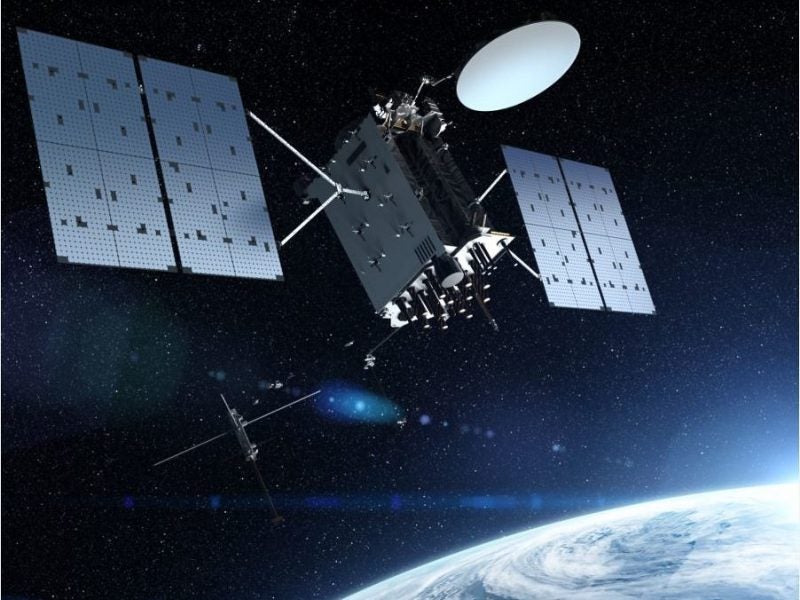
The US Air Force’s (USAF) second next-generation Global Positioning System (GPS) III satellite has responded to commands and is preparing to enter orbit.
Manufacturer Lockheed Martin said it had gained full control of the GPS III space vehicle after its separation from the United Launch Alliance (ULA) Delta IV rocket.
The GPS III SV02 satellite will now climb to its operating orbital height of 12,550 miles above the earth’s surface. Lockheed Martin engineers are controlling the satellite from the company’ space facility in Colorado, US.
Lockheed Martin Space vice president for navigation systems Johnathon Caldwell said: “GPS III SV02 is receiving and responding to commands just as planned. In the days ahead, we’ll finish orbit-raising to our operational slot and then send the satellite commands telling it to deploy its solar arrays and antennas.”
Lockheed Martin designed and built the satellite to help the US Air Force modernise its GPS constellation. The new satellite is three times more accurate than the older GPS systems and has strengthened anti-jamming capabilities.
Caldwell added: “Once we are set up, we’ll begin on-orbit checkout and tests, including extensive signals testing with our advanced navigation payload.”
In December of 2018, Lockheed Martin deployed the first GPS III satellite after months of testing.
The satellite’s deployment is part of wider upgrades to GPS underwork for the USAF. In 2016 the USAF awarded Lockheed Martin the GPS III Contingency Operations (COps) contract to upgrade ground control systems. Lockheed Martin was also awarded the GPS Control Segment Sustainment II (GCS II) for further modernisation works.
Raytheon supported the launch with USAF, utilising its GPS Next-Generation Operational Control System (GPS OCX).
Raytheon Intelligence, Information and Services president Dave Wajsgras said: “GPS OCX performed extremely well during the first launch and has exceeded performance requirements in the months since.”
“The team was well-prepared for this launch, and we’re confident the system’s performance will continue to be positive.”
GPS OCX is an integral part of the GPS ground control segment, having the capability to control existing and new satellites.
Raytheon also supports GPS III through a joint venture with General Dynamics Informational Technology, RGNext, which provides launch support capabilities.
Lockheed Martin is to build and deploy 32 GPS III/IIIF satellites for the USAF. From the 11th satellite in the series the systems will be equipped with more advanced capabilities including ‘a fully-digital navigation payload, a Regional Military Protection capability, an accuracy-enhancing laser retroreflector array, and a Search & Rescue payload.’
GPS is used for military and civilian applications using a constellation of satellites, the system is managed out of Schriever Air Force Base, Colorado.



